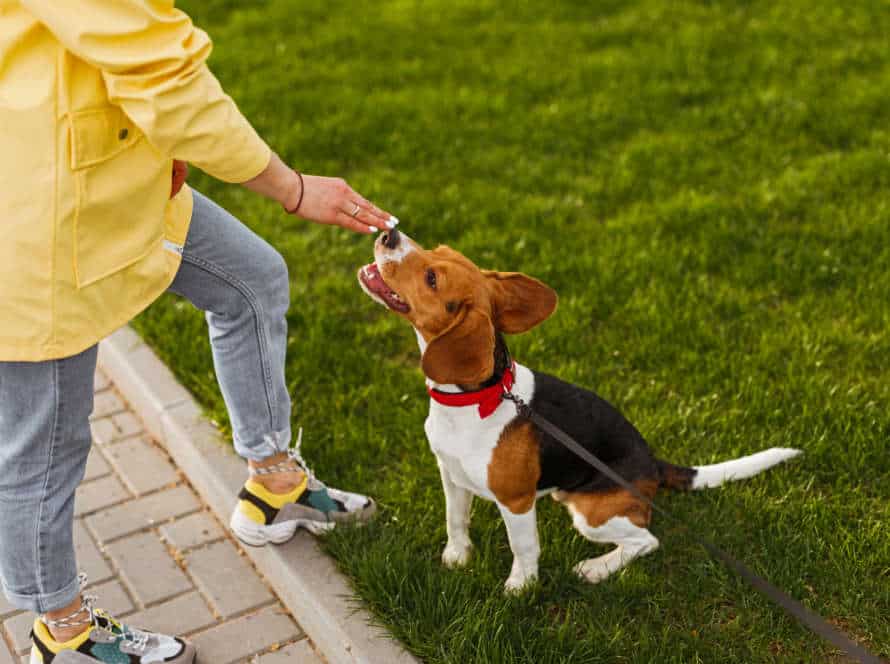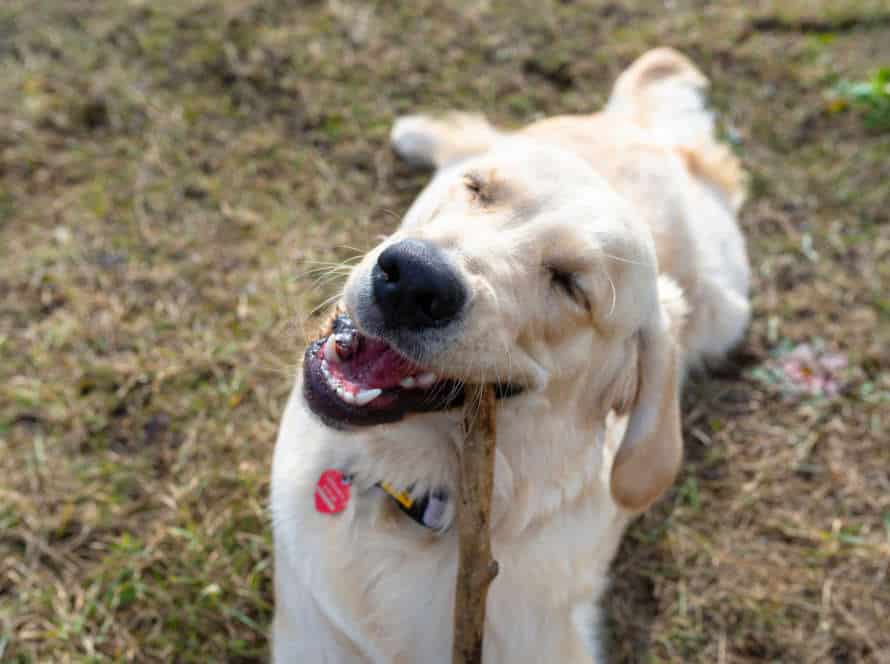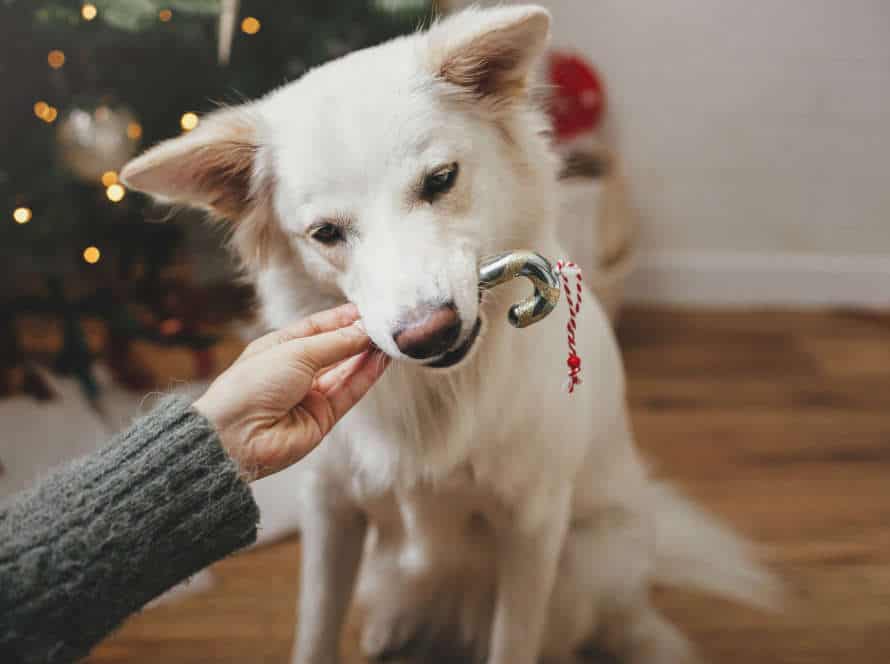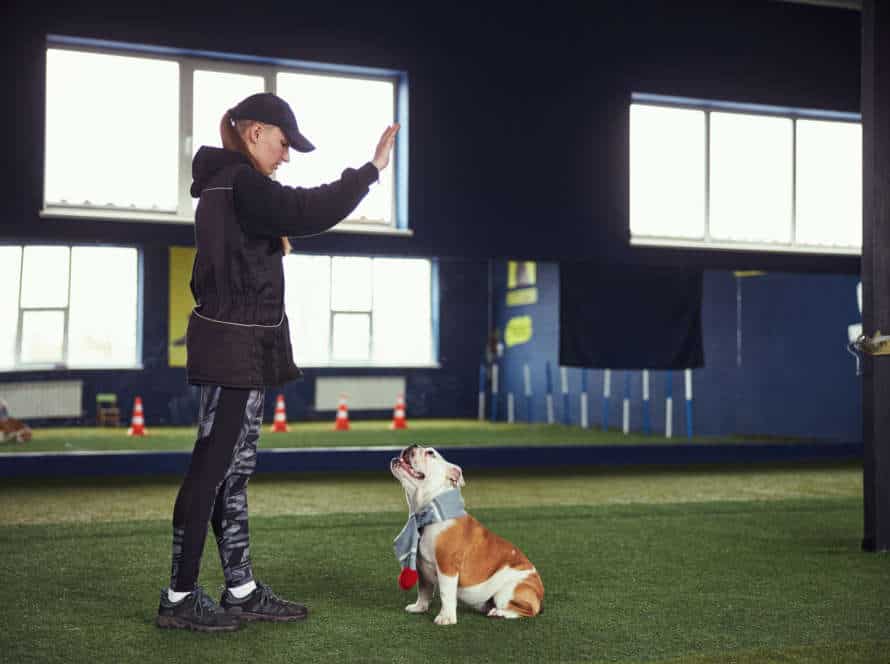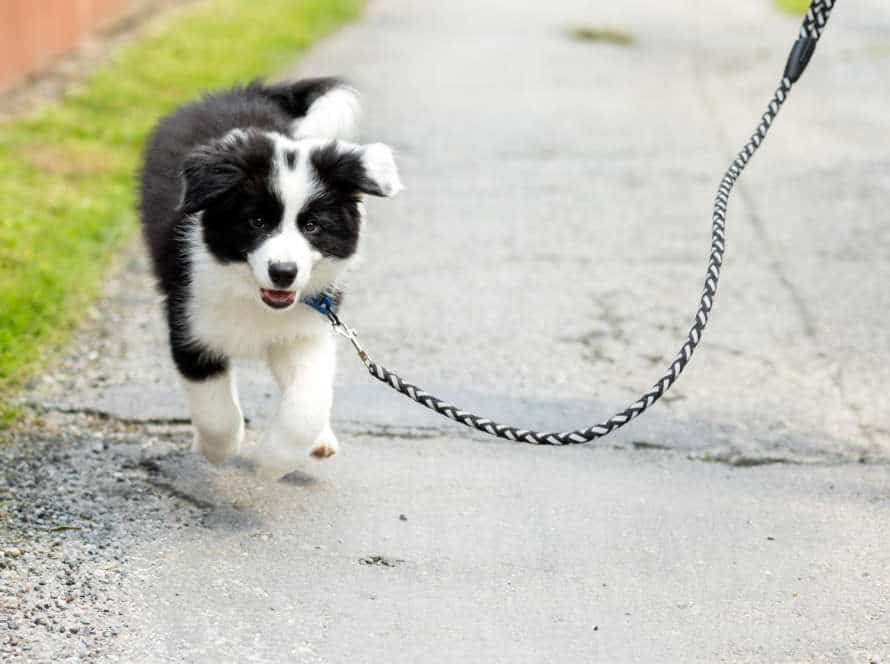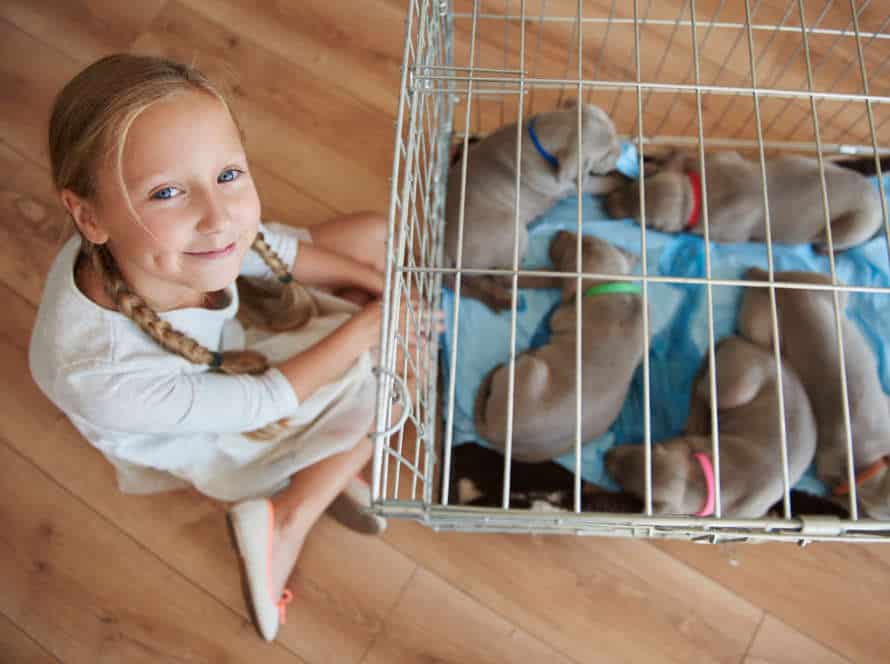The Importance of Consistency and Patience in House Training Success
When training your furry friend, you need consistency and patience. Consistency helps your pet understand what is expected of them, and patience keeps you calm and helps the process go smoother. Here are some tips:
- Set up a routine for feeding, playtime, and potty breaks and stay consistent.
- Be patient and don’t punish your pet for accidents.
- Reward good behavior and successes.
- Observe your pet’s progress and adjust as needed. The goal is a happy and well-trained pet!
Pro tip: Every pet is different and it can take weeks to months. Don’t give up and trust the process!
Understanding the Training Process
House training a pup or a doggo? Patience and consistency are key! Some think it can be done in days, but they forget it’s a long and gradual process. To succeed, understanding the training is essential. Time and effort are required!
The importance of consistency in training
Consistency is key for dog training. Dogs are creatures of habit and respond better to a regular routine. To maintain consistency, set clear rules and stick to them. Train your pup with the same words and gestures. Reward them immediately when they behave. Avoid changing rules and routines as this will confuse them. This will help them build confidence and trust. Understand how they learn best, and adapt your training. This will boost consistency and success.
The role of patience in successful training
Patience is vital for dog training success – especially house training. Consistency and patience are the keys to helping your pup learn rules and form healthy habits.
Why is patience important? Dogs can’t understand language like we do. It takes time and repetition to show them what’s expected.
Dogs love routine and repetition. As they start forming good habits, like going outside to do ‘business’, it’s crucial to stick to the rules and praise them for progress.
Punishing dogs for accidents or mistakes can confuse them and slow their progress. Instead, reward positive behavior with treats and praise to help your pup learn faster.
Training takes time. Every dog learns at their own pace. Patience, consistency, and positive reinforcement can strengthen the bond between you and your pup. This leads to a better training process.
Remember, training is a process that needs patience, consistency, and rewards to help your pup form habits that will last.
Dealing with setbacks and staying on track
House training a pet can be tough. But staying consistent and patient will help you succeed. A few tips:
- Setbacks are normal; don’t think you’ve failed.
- Go over the basics like scheduled potty breaks, rewarding good behaviour, and supervising your pet.
- Rather than punishing for accidents, redirect attention to appropriate behaviour.
- Be patient and consistent. Every pet is different, so training could take longer for some.
- Pro tip: Rewarding good behaviour and keeping a positive attitude towards your pet will build trust and confidence. Resulting in successful training.
Creating a Consistent Training Routine
Creating a regular training routine is an essential part of house training a pet successfully. Consistency and patience are vital. Make a routine that is simple to follow and stick to it. This will help your pet learn what is expected from them quickly and stay house trained. Let’s check out the details of making a consistent training routine.
Establishing a regular feeding schedule
Creating a regular feeding schedule is essential for successful house training. Here’s why:
- It helps regulate your pup’s digestive system and stops accidents indoors.
- Knowing when your pup ate, allows you to know when they will need to go out.
- A feeding plan also makes a routine for your pup and reinforces their obedience.
Only offer food at designated times and give plenty of fresh water during the day. Patience and consistency are vital for successful house training and regular feeding times are vital for consistent training.
Choosing a specific potty area
When house training your pup, picking a special area is key. Choose one that is easy to get to, and use it regularly. This will help teach your pup good habits. Here’s how:
- Pick a spot that’s away from the hustle and bustle.
- Clear the area of any pee or poo – remove any scents that could distract.
- Say a cue word like “go potty” when you take your pup there.
- Praise and reward with treats when they finish their business.
- Do this every time, so your pup knows that this is the only place they can do their thing.
Using consistent commands and positive reinforcement techniques
Be consistent with commands and use positive reinforcement to create a training routine for your pet. Repeat the same command each time you train them.
Reward your pet immediately when they follow a command. This helps to form a routine they remember.
Positive reinforcement works best – give them a treat, praise or reward after good behavior.
Never yell, scold or physically punish your pet. This will lead to anxiety and can hurt the bond between you.
Be patient. Every pet learns in their own time. Adapt the training to their needs and help them thrive in a positive environment.
Dealing with Difficulties and Setbacks
House training is a long process that needs time, consistency, and patience. It can be irritating when there are setbacks. But, you must be consistent and patient with your house training plan even when it’s hard. We’re gonna talk about how to manage the most regular problems you may face.
Identifying common house training difficulties
Training a pet can be tough. Common difficulties are:
- Peeing/pooping inside: This could be due to lack of training, stress, or health problems.
- Not liking crates: Maybe it’s because they weren’t introduced properly, or have bad memories.
- Going outside: Fear, bad weather, strange places, and distractions can make this difficult.
To beat these issues, it’s important to stay consistent and use positive reinforcement. Regularly follow a routine and praise good behavior. Address medical issues proactively. Remember, training takes patience, so stay calm and positive.
Addressing accidents and mistakes effectively
Accidents and mistakes happen when you’re house training your pet. Fixing them quickly and correctly can help you succeed. Consistency and patience are key! Here are tips to help you:
- Stay calm, don’t get mad or punish your pet. Positive reinforcement is important.
- Choose an area outside for your pet to eliminate and take them there regularly.
- Have a routine feeding schedule to know when they need to go.
- Clean up accidents right away so they don’t do it again.
- Reward them with lots of praise and treats when they go in the right place.
- House training takes time. Keep to your routine and your pet will learn.
Modifying your training approach as needed
Making changes to your pet-training approach is key when you’re facing issues and problems. Consistency and patience are very important for success. Here’s what you can do:
- Work out the root of the difficulty or problem, for example, health issues, a different environment, or communication between you and your pet.
- Modify your training method based on the cause. If your pet is not well, don’t train them until they get better.
- Break down the training into small tasks or keep commands simple, so you don’t overwhelm your pet.
- Use more positive reinforcement, like compliments and treats, to motivate your pet and show them the right behavior.
Remember, house training your pet takes time and problems are normal. Consistency, patience, and adapting are all essential for success. Pro tip: If you are having trouble training your pet, consult a pro trainer or vet.
Maintaining Patience and Consistency Over Time
House training your pet is a difficult job! It requires time, patience, and staying consistent. Have realistic hopes and don’t expect your pet to learn in one night. Offer lots of love and support, and, eventually, you’ll end up with success.
Building a strong foundation for long-term success
Creating a firm basis for long-term success with house training your pet needs tolerance and dependability. It’s essential to form a routine and stick to it, pushing good behavior and repairing bad habits.
Here are some tips to help you form a robust house training base:
- Schedule: Make a routine for when to provide food to your pet, when to take them out, and when to play with them. Reliability will assist them to learn where and when to go potty.
- Utilize positive reinforcement: Reward your pet every time they go potty outside, either with treats or commendation. This will reinforce their good behavior and motivate them to keep this habit.
- Correct poor habits: If your pet has an accident inside, rectify their conduct right away. Clean the spot totally and dodge permitting them to go back or pet to that region.
- Be tolerant: Remember that house training needs time and accidents will take place. Be patient, consistent, and communicate with your pet effectively to make sure your efforts bear fruit in the long run.
Pro tip: The key to house training success is patience and consistency. Abide by a routine, use positive reinforcement, and amend bad habits to create a solid foundation for long-term success.
Recognizing the importance of consistent reinforcement
Consistent reinforcement is vital for house training success. Pet owners may become impatient, but it’s essential to recognize the importance of patience and consistency. Here’s why:
- Repetition reinforces training.
- Inconsistent training leads to confusion about what is acceptable.
- Dogs and all other pets need routine and consistency in their lives.
With patience and consistency, pet owners can successfully train their pets, creating a positive bond.
Keeping up with training as your dog grows and changes
Consistency and patience are essential for successful dog training. Here’s how to stay consistent:
- Set clear, realistic goals, e.g. basic commands or house-training.
- Establish rules and routines, like feeding times and potty breaks, and stick to them.
- Reward good behavior with treats and praise and discourage bad behavior.
- Keep training sessions short and frequent. Focus on one skill until your dog masters it.
- Be patient, understanding that every dog learns at their own pace. No punishing or scolding!
- Remember that building a strong relationship with your dog takes time and effort, but it pays off.
Frequently Asked Questions
Q: Why is consistency important in house training?
A: Consistency is important in house training because it establishes clear boundaries and expectations for your puppy. This helps your puppy understand what is expected of them and what behavior is appropriate in the house.
Q: What role does patience play in house training?
A: Patience is crucial in house training because puppies need time to learn and adjust to new behaviors. It can take several weeks or even months for a puppy to learn to be fully house trained, so it’s important to remain patient and consistent throughout the process.
Q: What are some common mistakes people make when house training their puppy?
A: Some common mistakes include punishing your puppy for accidents, not taking them outside frequently enough, and not being consistent with their training routine. These mistakes can confuse your puppy and make it harder for them to learn proper behavior.
Q: How often should I take my puppy outside during house training?
A: During house training, it’s important to take your puppy outside every 1-2 hours, as well as after meals, naps, and playtime. Gradually increase the amount of time between potty breaks as your puppy becomes more reliable.
Q: How can crate training help with house training?
A: Crate training can help establish a routine for your puppy, as well as provide a safe and comfortable space for them to sleep and relax. It can also help prevent accidents in the house by limiting your puppy’s access to other areas of the house when you’re unable to supervise them.
Q: How long does it typically take to fully house train a puppy?
A: It can take several weeks or even months to fully house train a puppy, depending on their age, breed, and individual temperament. It’s important to remain consistent and patient throughout the process, as well as understand that some accidents may still happen even after your puppy is fully trained.


